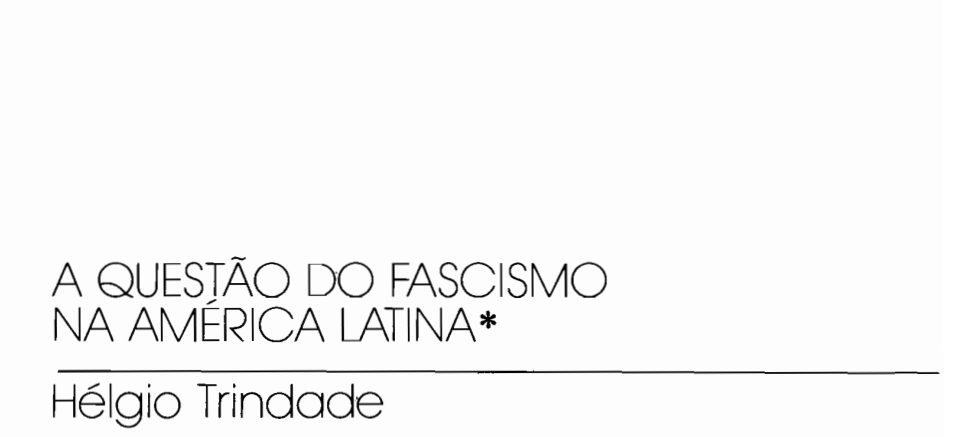Dados é uma das principais e mais longevas publicações nas ciências sociais no Brasil. Criada em 1966, divulga trabalhos inéditos e inovadores, oriundos de pesquisa acadêmica, de autores brasileiros e estrangeiros. Editada pelo IESP-UERJ, é seu objetivo conciliar o rigor científico e a excelência acadêmica com ênfase no debate público a partir da análise de questões substantivas da sociedade e da política.

Dados vol. 44 n. 4 Rio de Janeiro 2001

Resumo
This paper is about two related subjects: how to classify political regimes in general, and how Latin American regimes should be classified for the 1945-1999 period. We make five general claims about regime classification. First, regime classification should rest on sound concepts and definitions. Second, it should be based on explicit and sensible coding and aggregation rules. Third, it necessarily involves some subjective judgments. Fourth, the debate about dichotomous versus continuous measures of democracy creates a false dilemma. Neither democratic theory, nor coding requirements, nor the reality underlying democratic practice compel either a dichotomous or a continuous approach in all cases. Fifth, dichotomous measures of democracy fail to capture intermediate regime types, obscuring variation that is essential for studying political regimes. This general discussion provides the grounding for our trichotomous ordinal scale, which codes regimes as democratic, semi-democratic or authoritarian in nineteen Latin American countries from 1945 to 1999. Our trichotomous classification achieves greater differentiation than dichotomous classifications and yet avoids the need for massive information that a very fine grained measure would require.
Palavras-chave: political regimes; Latin America; measures of democracy.
DOI: 10.1590/S0011-52582001000400001
Classificando Regimes Políticos na América Latina, 1945-1999